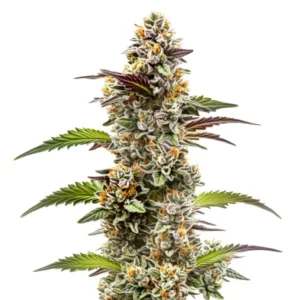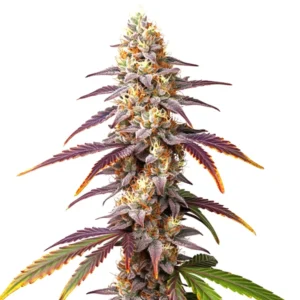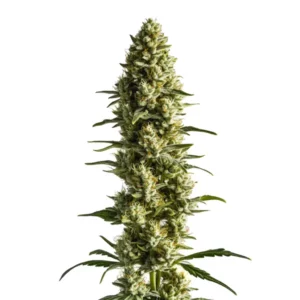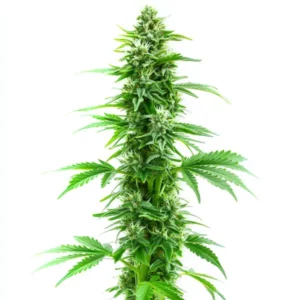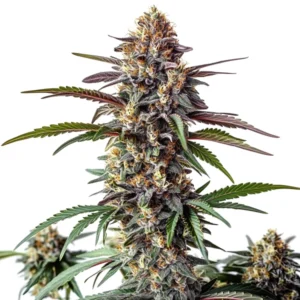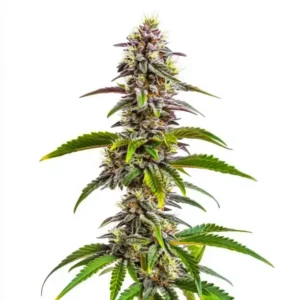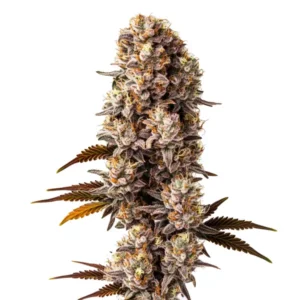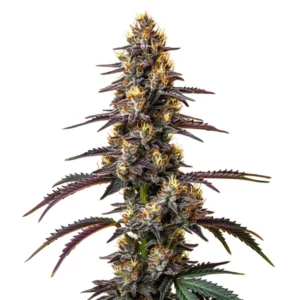
Cannabis Treatment for Parkinson’s Disease: Update
Overview of Cannabis Treatment for Parkinson’s Disease: Historical Perspectives and Current Trends
Early Applications of Cannabis in Parkinson’s Management
Historical records show that ancient healers sometimes used cannabis extracts to ease tremors and stiffness in people with movement difficulties. Traditional practitioners prepared simple remedies from the cannabis plant that appeared to calm nerve signals. Some writings suggest that these early methods provided relief from shaking and rigidity. In certain cases, families observed noticeable improvements when nature’s own medicine was used in treatment, hinting at the potential behind cannabis treatment for parkinson’s disease.
Old texts also mention that using plant compounds was part of daily routines in some communities. Early users combined these natural extracts with other herbs to ease motor problems and improve comfort. Although these methods were not scientifically measured at the time, the repeated observations of better mobility encouraged later investigations. This historical background laid the foundation for modern research into cannabis treatment for parkinson’s disease, linking tradition with today’s scientific work.
Recommended Strains
Jungle Breath
|
|
THC | 24% - 28% (High) |
|
|
Type | Feminized |
|
|
Yield | High |
|
|
Phenotype | 80% Indica / 20% Sativa |
Jungle Lava
|
|
THC | 25% - 27% (High) |
|
|
Type | Feminized |
|
|
Yield | High |
|
|
Phenotype | 70% Indica / 30% Sativa |
Evolution in Clinical Practices and Modern Approaches
Modern medicine has shifted from solely using synthetic drugs to including natural therapies. Today, many researchers study how cannabis treatment for parkinson’s disease might help reduce tremors and stiffness. Clinicians now carefully measure dosages and monitor patients to see if combining natural remedies with standard treatments can improve mobility. This evolving approach reflects a growing willingness to accept alternative methods that offer gentle, natural support alongside traditional medications.
Recent clinical practices focus on refining the use of plant compounds while ensuring safety and effectiveness. Doctors now design treatment plans that incorporate these natural substances in measured doses. They monitor improvements in motor functions and overall quality of life, always checking that the addition does not interfere with other medicines. In some cases, families report that this integrated method has brought noticeable relief, adding a promising option to manage Parkinson’s symptoms.
Promos & Deals
Scientific Insights into Cannabis Treatment for Parkinson’s Disease
Neurophysiological Mechanisms and Impact on Motor Symptoms
Research shows that cannabinoids in the cannabis plant interact with receptors in the brain that regulate nerve signals. Laboratory studies reveal that these natural compounds may lower abnormal nerve firing that leads to tremors and rigidity. This interaction can help smooth motor functions and reduce stiffness in patients. While much of the focus has been on conditions like Parkinson’s disease, recent findings exploring cannabis for dementia treatment suggest similar benefits, as balanced nerve activity may contribute to better movement control and cognitive support overall.
Findings from Recent Clinical Investigations
Recent clinical investigations have focused on testing the benefits of cannabis treatment for parkinson’s disease in controlled settings. Small trials report that some patients show reduced tremors and improved balance when cannabis extracts are added to their treatment plan. Researchers have measured improvements in daily functioning and note that patients seem calmer and more comfortable during routine activities. These investigations add valuable data to the ongoing discussion about whether natural compounds can help ease Parkinson’s motor challenges.
Clinical investigations also stress the importance of careful dosing and patient monitoring. Studies indicate that while some individuals benefit from the addition of natural compounds, results vary from person to person. Researchers continue to refine treatment protocols to ensure that the integration of cannabis with traditional medications is safe and effective. The promising results encourage further work to see if cannabis treatment for parkinson’s disease can be reliably used to support smoother movement and less rigidity.

Integrative Strategies in Cannabis Treatment for Parkinson’s Disease
Combining Cannabis with Conventional Therapies for Parkinson’s
Many medical teams now consider combining cannabis with standard Parkinson’s medications to boost overall treatment outcomes. By using this natural method alongside conventional drugs, doctors hope to lower tremor intensity and improve muscle control. Early results suggest that the combination may reduce side effects associated with high doses of synthetic medications. Families have noticed that a balanced mix of treatments sometimes leads to better overall comfort and mobility in daily routines.
Clinicians design these combined treatment plans carefully, ensuring that the addition of natural compounds does not interfere with existing therapies. The integration is tailored to each patient based on their specific needs and medical history. Some patients see reduced stiffness and smoother movements when both treatment methods are used together. This approach offers an option that supports overall well-being and adds another layer of support for those managing Parkinson’s symptoms, making cannabis treatment for parkinson’s disease a potential complement to standard care.
Approaches to Enhancing Patient Well-being and Functionality
Healthcare providers use various strategies to improve overall patient well-being by incorporating natural methods. They often adjust dosages and include supportive measures like physical therapy and nutritional advice along with cannabis treatment for parkinson’s disease. These combined strategies aim to boost energy levels, improve balance, and support daily activities. Patients report feeling steadier and more comfortable, which may help them take part in everyday tasks with less difficulty.
Additional approaches include structured exercise programs and wellness routines that complement the medicinal effects of cannabis. By integrating these lifestyle modifications, clinicians help patients build strength and maintain mobility. The overall treatment plan is designed to support not only physical movement but also emotional well-being. With careful monitoring and personalized adjustments, this comprehensive approach seeks to make everyday life easier for those facing Parkinson’s challenges.
Safety and Regulatory Considerations in Cannabis Treatment for Parkinson’s Disease
Legal Framework and Policy Updates
Governments in many regions have updated policies to allow the use of natural therapies in neurological conditions. Recent changes in law have opened the door for cannabis treatment for parkinson’s disease to be used under strict supervision. Regulatory agencies set clear standards to ensure that patients receive safe, consistent products. These policies are designed to protect patients while providing access to alternative treatments that may help manage motor symptoms and improve daily comfort.
Legal updates have paved the way for more research and controlled clinical trials. Policymakers work with medical experts to set safety standards and dosage limits, ensuring that natural treatments are not misused. The clear legal framework helps clinicians confidently include cannabis as a part of a broader treatment plan. With ongoing oversight, the integration of this natural therapy aims to provide balanced support for those with Parkinson’s while ensuring that every treatment is safe and reliable.
Quality Control and Safety Protocols
Ensuring the quality of natural products is a top priority in modern medical treatments. Laboratories test cannabis products rigorously to confirm purity, potency, and the absence of harmful substances. These quality control measures help ensure that every batch used in cannabis treatment for parkinson’s disease is safe and consistent. Manufacturers follow strict protocols to meet established standards, which protect patients and support reliable therapeutic results.
Regular inspections and transparent production processes further reinforce safety in these treatments. Healthcare providers rely on certified products to minimize risks and maintain steady treatment plans. The established safety protocols make it possible for patients to receive natural therapy with confidence, knowing that every step has been carefully monitored. This commitment to quality is essential in making sure that cannabis treatment for parkinson’s disease remains both safe and effective in everyday clinical use.
Practical Considerations in Cannabis Treatment for Parkinson’s Disease
Key Points for Patients
Patients considering cannabis treatment for parkinson’s disease should consult with knowledgeable healthcare professionals to determine the correct dosage and ensure product quality. It is vital to verify that the cannabis products are certified and meet strict safety protocols. Being well-informed about potential interactions with existing medications is also important. Clear communication with doctors helps in tailoring the treatment to each individual’s needs, ensuring a safer and more effective natural approach to reducing tremors and improving motor control.
Implementation Challenges
Implementation challenges remain when integrating natural treatments into established care systems. Variability in product quality, limited availability of certified providers, and regional legal differences can complicate the process. Addressing these challenges requires coordinated efforts among regulators, healthcare professionals, and the cannabis industry. By focusing on improving quality assurance and expanding research, stakeholders can help ensure that cannabis treatment for parkinson’s disease is safely and effectively incorporated into patient care, offering a natural alternative that supports better daily functioning.
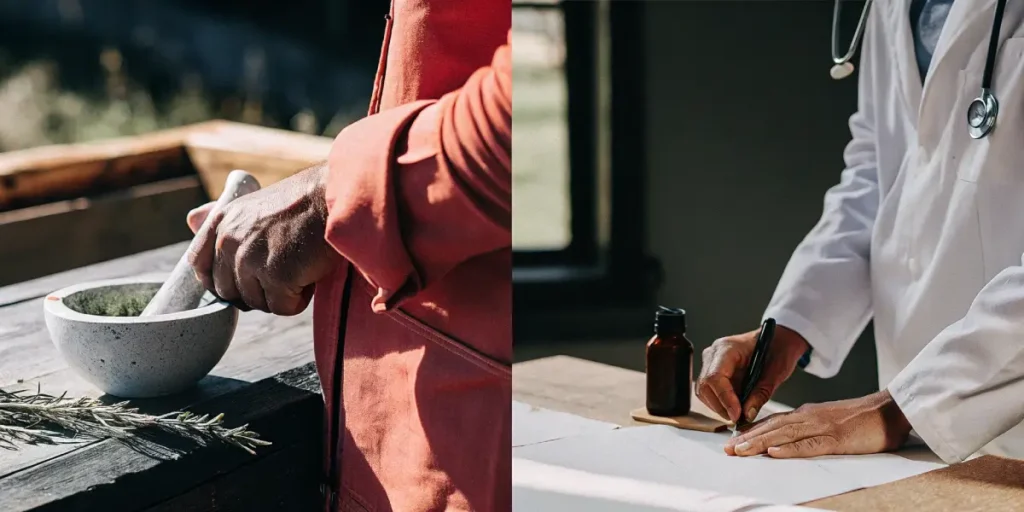
FAQs about cannabis treatment for parkinson’s disease
What benefits does cannabis treatment for parkinson’s disease offer?
Cannabis treatment for parkinson’s disease may help reduce tremors and stiffness while improving overall movement. Clinical studies indicate that natural compounds from the cannabis plant can smooth motor control and enhance daily comfort. Many patients report feeling steadier and more at ease when these treatments complement their regular medications. This option provides an alternative approach to managing symptoms, potentially improving quality of life and offering a gentle, plant-based method of support.
How is cannabis treatment for parkinson’s disease integrated with conventional care?
Medical professionals typically combine cannabis treatment for parkinson’s disease with standard medications to optimize motor control and reduce side effects. In these treatment plans, natural compounds are added in measured doses alongside established therapies. The combined approach is carefully monitored by healthcare providers who adjust dosages based on patient response. This integration aims to support smoother movement and overall well-being, offering an additional method that works in harmony with conventional drugs to help manage symptoms effectively.
What measures ensure the safety of cannabis treatment for parkinson’s disease?
Safety in cannabis treatment for parkinson’s disease is maintained through strict quality control, rigorous laboratory testing, and adherence to regulatory standards. Certified products are used to ensure consistency and purity, and ongoing monitoring by healthcare professionals minimizes risks. Legal frameworks and updated policies further support safe usage by setting clear guidelines on dosage and product quality. This comprehensive system protects patients while providing a natural option that can complement traditional treatments and help manage motor symptoms effectively.


